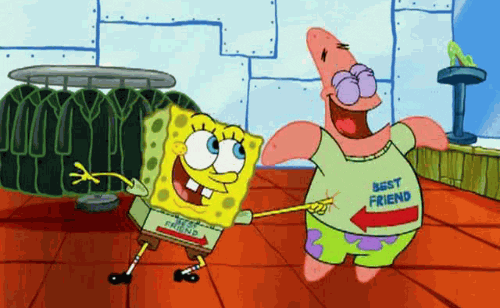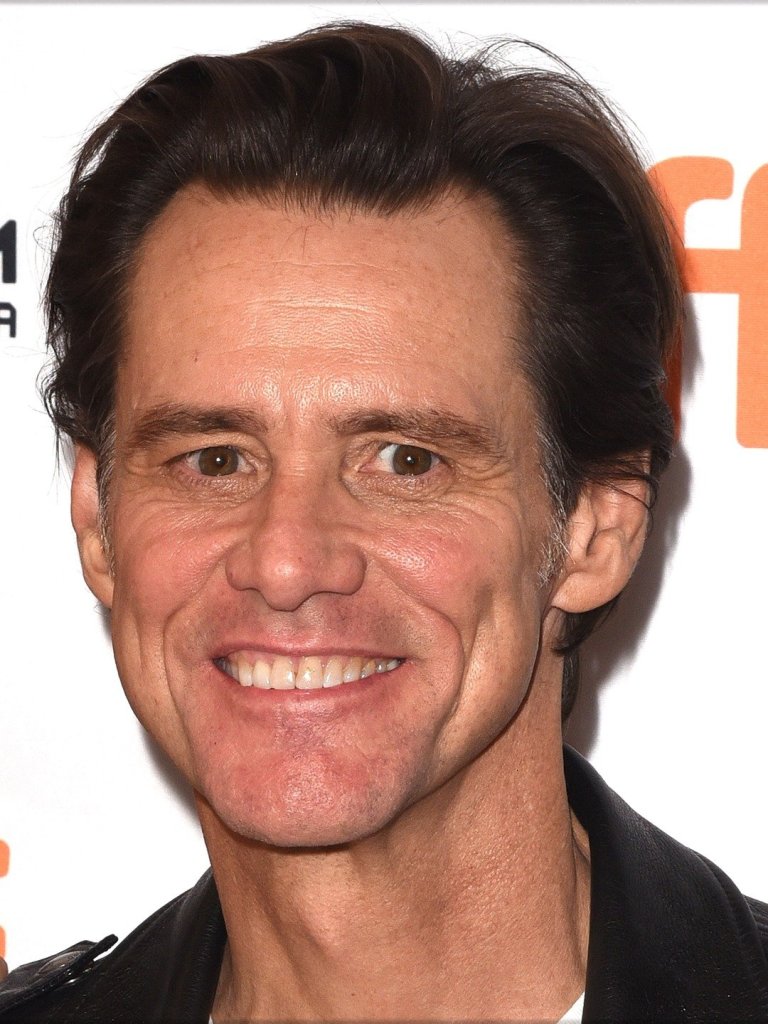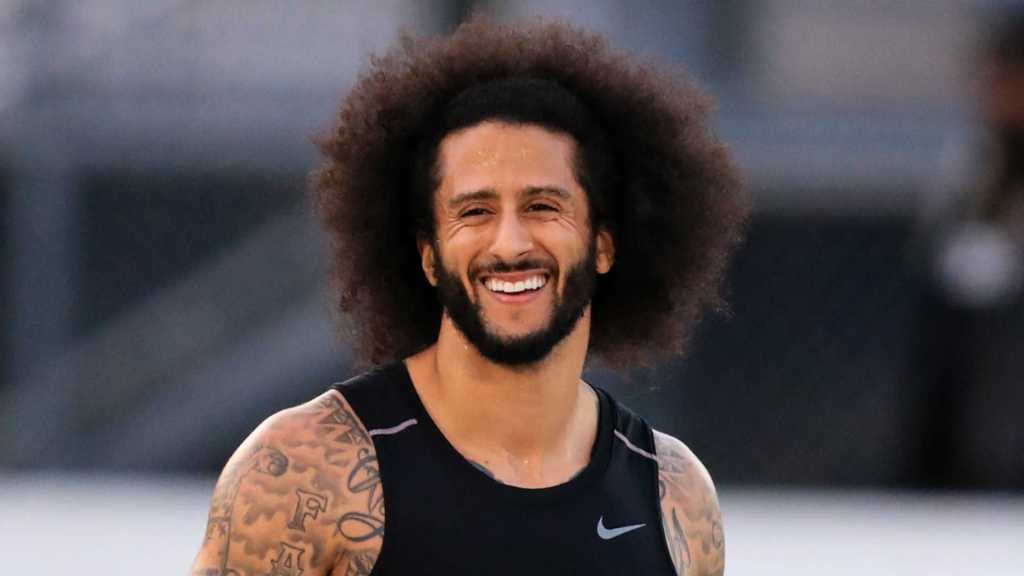Schools, ranging from elementary and CEGEP, contain more violence than we are aware of. Schools and school boards are more concerned about their reputation, so they keep fights and violence in the dark. Jennifer McGuire, an author, wrote an article involving school violence and why CBC is taking interest in this topic. She mentioned that the team at Marketplace was looking into students being physically and mentally harmed at school. They realized that most students experience forms of violence without seeking help or telling anyone in an authoritative position. A more comforting approach has to be taken in order for students to share their experiences and confide in people who could potentially help them.
For the sake of CBC, the firm Mission Research conducted a survey. 4,065 students, between the ages of 14 to 21, participated in this survey. More than half of the responders were at least 14 years old, but younger than 18 years old. In a direct quote from the article, “41 percent of boys say they were physically assaulted at high school; 26 percent of girls say they experienced unwanted sexual contact at school,” (CBC). However, it was also stated that, in Ontario, 77% of schools have no reported violent incidents (School Violence, 9:09). This is evidence that secrets are being kept, in order to not harm a school’s reputation. We need to care more about the safety of the students and victims, rather than how ‘good’ the school looks to the public. Many parents are clueless about the reality of violence at the school their child(ren) attend. The data needs to be accurate and shared so that a solution is found.
As we learned from the previous statistics, 41% of boys and 26% of girls experience violence at school. The violence presents itself in different ways, based on the gender of the individual. “Institutions are themselves gendered. Institutions create gendered normative standards and express a gendered institutional logic, and are major factors in the reproduction of gender inequality,” (Kimmel, 2-3). For boy students, while emotional and verbal violence may occur, violence in schools is most often in forms of physical contact. I believe this is due to the fact that men have to fight in order to be considered masculine or manly. Sadly, the violence girls experience in school is often of a sexual nature and considered unwanted harassment.
The amount of students who have experienced violence in schools higher than it should be and not much is being done about this probelm. Schools and school boards are not exposing or even recording incidents of violence. In my opinion, school boards do not even know how to deal with these situations. The problem cannot be solved if the people in charge do not know how to deal with it. Some students do come forward and they still do not receive the help that they feel is necessary.
Students should feel safe when they attend school, they are there to learn and not experience violence. It is also worried that schools do not do enough to prevent incidents. CBC is working hard to investigate more situations involving school violence. Personally, as a student who has experienced violence in school, I feel as though more should have been done. I did reach out to someone with authority, and close to nothing was done in this situation. The schools really do care more about their reputation, rather than the problem. In many cases and in mine, the school is very quick to swipe events like this under the rug.
Resources:
Kimmel, Michael. “Masculinity.” International Encyclopedia of the Social Sciences. Ed. William A. Darity, Jr. 2nd ed. Vol. 5. Detroit: Macmillan Reference USA, 2008. 1-5. Gale Virtual Reference Library. Web. 9 June 2014. 1-5. Print.
Why CBC Started Looking into Violence in Schools, CBC News. https://www.cbc.ca/news/canada/school-violence-editors-note-1.5331402.
“How To Fight For Safer Schools.” School Violence. CBC, 24 October 2019.


